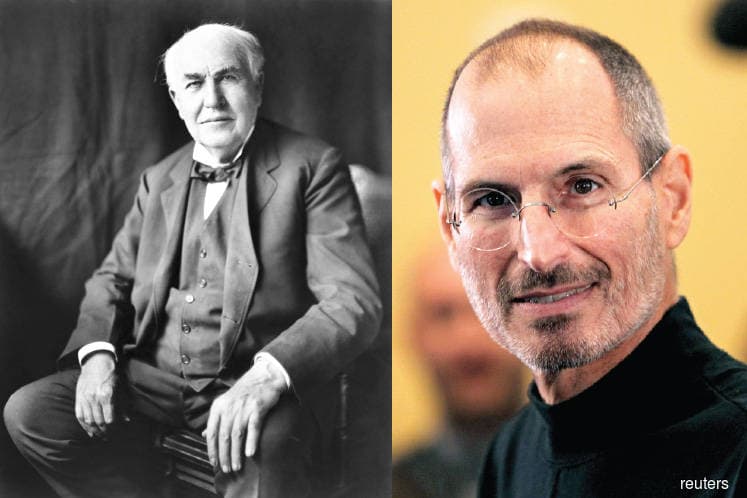
This article first appeared in The Edge Malaysia Weekly on November 20, 2017 - November 26, 2017
IT might be hard to imagine that one of the greatest inventors in modern history, Thomas Edison, was disabled. As a child, Edison had a learning disability and was hyperactive, causing him to be pulled out of school. He later began losing his hearing as a teen due to scarlet fever.
Fortunately, Edison’s mother had trained as a teacher and homeschooled her son. He grew up to not only invent the electric light bulb and power utilities, but become the founder of General Electric, now one of the world’s largest publicly listed companies.
The tale of Edison’s success may inspire, but it also serves as a stark warning of the economic costs of failing to cater for the disabled. Unfortunately, the number of registered persons with disabilities (PWD) in Malaysia is lower than official estimates.
Dr Amjad Rabi, deputy representative and senior social policy specialist at Unicef Malaysia, estimates that about 15% of the population, or over four million people, are disabled. However, only 550,000 PWD are registered with the Welfare Department.
“In the past, Malaysia could afford for disabled people not to reach their full potential because there was abundant labour,” Amjad says.
However, continued failure to include the disabled in economic development could result in wasted potential, which Malaysia cannot afford as it strives to become a developed country.
Another example Amjad uses to highlight the importance of inclusivity is Steve Jobs, founder of Apple Inc. Jobs was the son of a Syrian immigrant. His background notwithstanding, the opportunities Jobs was exposed to helped build Apple into what it is today — a leader in technology with a market capitalisation of over US$800 billion, more than three times the size of Malaysia’s economy.
Malaysia’s focus on inclusivity is not entirely lacking. The theme of social inclusion has, Amjad notes, been one of the many progressive elements of the 11th Malaysia Plan.
In fact, the language used in the UN’s document on sustainable development goals appears to have drawn from the language and themes of the plan, he adds.
However, Amjad notes that implementation is always the challenge. Recognising disabilities as different abilities instead of inabilities may be the first step, as the market is already adapting to include these differences.
“In the US, people with disabilities are headhunted because they become the most brilliant programmers the industry sees,” Amjad says.
Save by subscribing to us for your print and/or digital copy.
P/S: The Edge is also available on Apple's AppStore and Androids' Google Play.